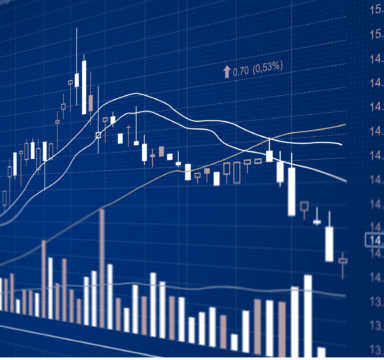Statistics
FESE statistics are your one-stop shop for European securities trading data.
Contact our experts
Previous month statistics

Access to previous months statistics

Statistics publications

European Exchange Report
Financial and trading figures for each FESE Member

Capital Markets Fact Sheet
Quarterly figures of all asset classes traded on FESE Members

Index Database
A non-exhaustive list with details on commonly used indices in Europe

Listed Equity Database
Detailed information on individual IPOs on all FESE Members

European Equity Market Report
Equity trading figures from all major European trading venues

Annual Statistical Report
Annual summary of FESE Members’ trading figures across various asset classes

Trading Calendar & Trading Hours

